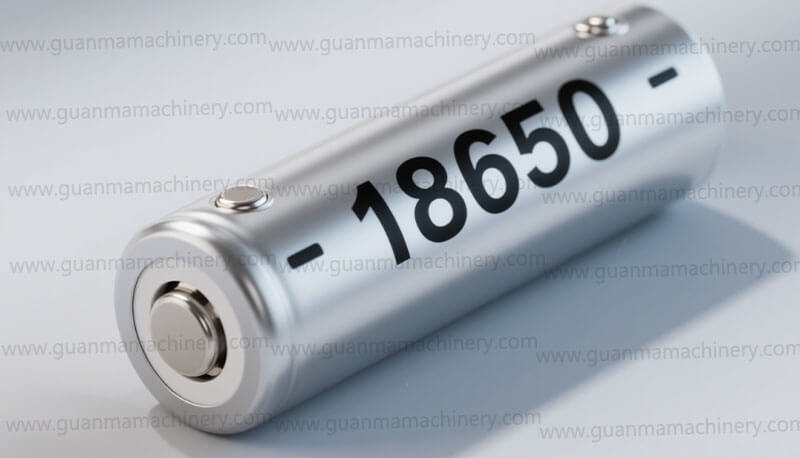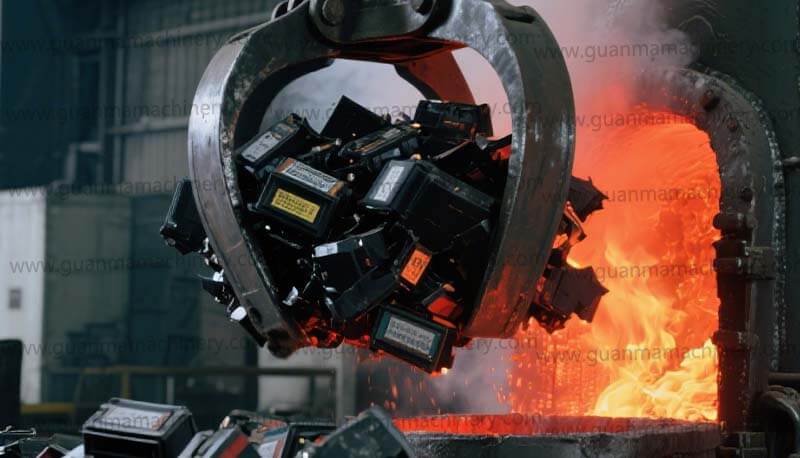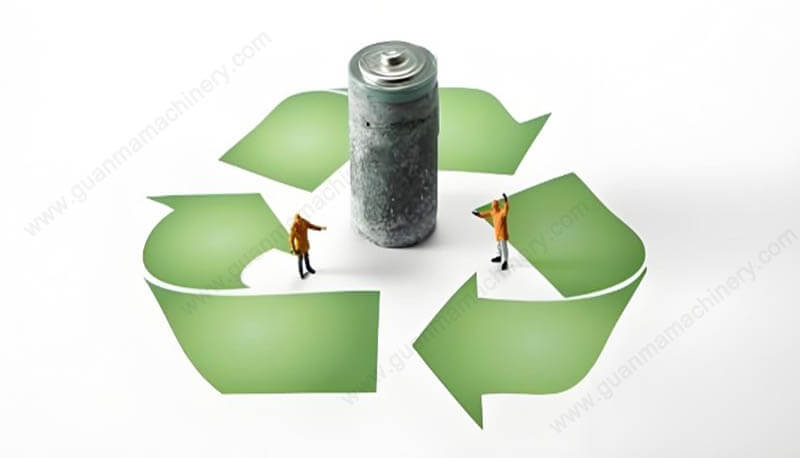As solar energy adoption surges globally, the need for an efficient solar panels recycling process has become critical. With millions of solar panels nearing their end-of-life (25–30 years), businesses and governments are seeking sustainable solutions to manage photovoltaic (PV) waste.
Why Solar Panel Recycling Matters
Solar panels contain valuable materials like silicon, silver, aluminum, and glass, but they also house hazardous substances such as lead and cadmium. Without proper recycling, these toxic elements can leach into ecosystems, while reusable resources go to waste. The solar panel recycling industry is projected to grow exponentially, driven by regulations like the EU’s Waste Electrical and Electronic Equipment (WEEE) Directive and increasing corporate sustainability demands.
Step-by-Step Solar Panels Recycling Process
1. Collection & Transportation
Specialized solar panel collection services gather end-of-life or damaged panels from residential, commercial, or industrial sites. Proper handling ensures no breakage during transit, minimizing environmental risks.
2. Initial Inspection & Sorting
Panels are categorized by type (monocrystalline, polycrystalline, thin-film) to determine optimal solar panel recycling methods. Advanced facilities use AI-powered systems to identify materials and contaminants.
3. Mechanical Processing
Panels are disassembled to remove aluminum frames and junction boxes. Glass layers are separated through shredding, while thermal or chemical treatments isolate silicon cells and precious metals.
4. Material Recovery
Glass (95% recyclable): Repurposed for new panels or construction materials.
Silicon wafers: Refined for reuse in electronics or PV manufacturing.
Metals (aluminum, copper, silver): Extracted and sold to metal smelters.
Plastic components: Processed for low-grade applications or energy recovery.
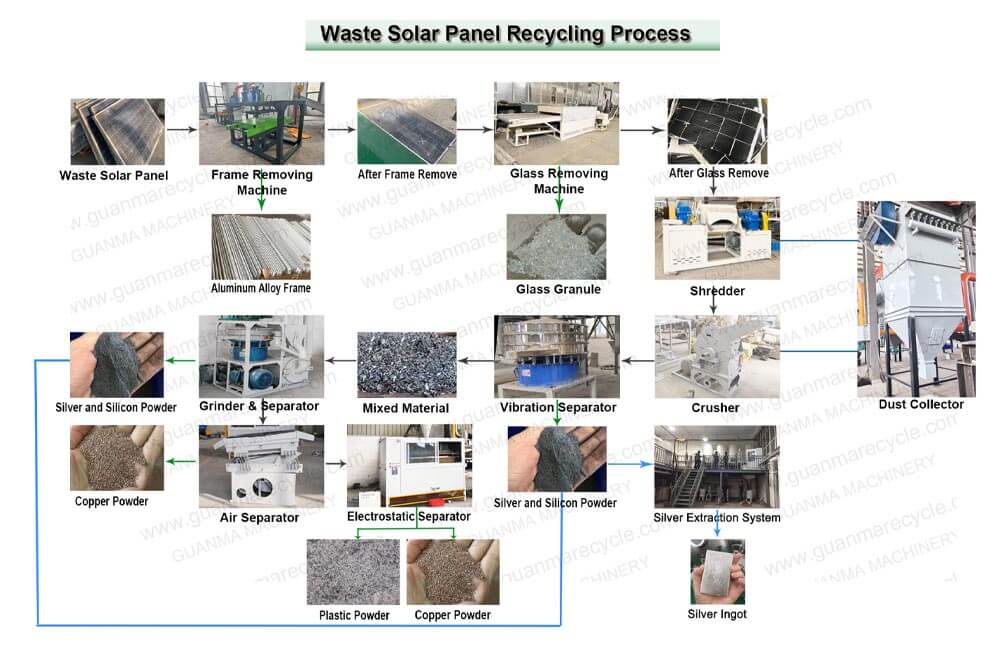
5. Hazardous Waste Management
Lead and cadmium are safely encapsulated or treated to meet environmental standards.
Benefits of Recycling Solar Panels
1. Environmental Protection
Prevents landfill pollution and reduces mining for raw materials, lowering carbon footprints.
2. Resource Efficiency
Recovers up to 90% of materials, cutting production costs for new panels.
3. Regulatory Compliance
Adheres to laws like California’s SB 489, which classifies solar panels as universal waste.
4. Corporate Reputation
Enhances ESG (Environmental, Social, Governance) credentials, attracting eco-conscious clients.
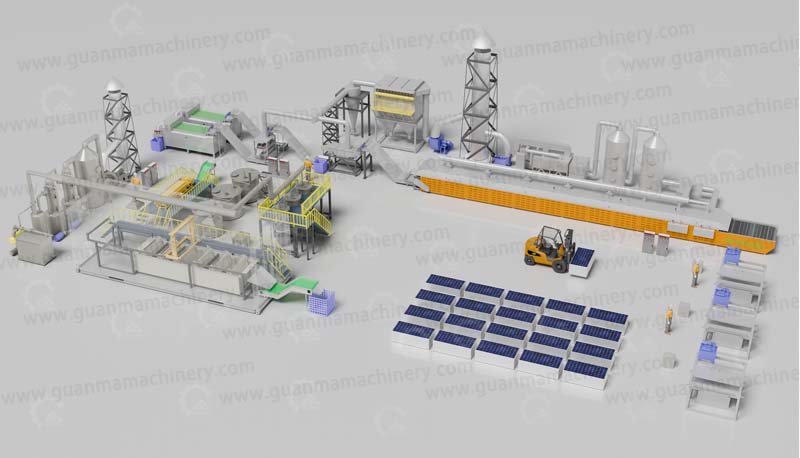
How to Choose a Solar Panel Recycling Partner
When evaluating solar panel recycling companies, consider these factors:
Certifications: Look for ISO 14001, R2, or e-Stewards certifications.
Technology: Ensure they use advanced methods for maximum material recovery.
Transparency: Demand detailed reports on recycling rates and waste disposal.
Global Reach: Opt for providers offering international logistics support.
The Future of Solar Panel Recycling
Innovations like robotic disassembly and hydrometallurgical extraction are boosting efficiency. Meanwhile, circular economy initiatives, such as First Solar’s closed-loop recycling program, set new industry benchmarks. Governments are also incentivizing recycling through subsidies, making recycling solar panels a profitable and eco-friendly endeavor.
Embrace Sustainable Solar Panel Disposal
Understanding the solar panels recycling process is vital for businesses aiming to reduce waste and support a green economy. By partnering with certified recyclers, you ensure compliance, recover valuable resources, and contribute to a cleaner planet.
Ready to recycle your solar panels? Contact our expert team today for compliant, cost-effective solar panel disposal services tailored to your needs.


